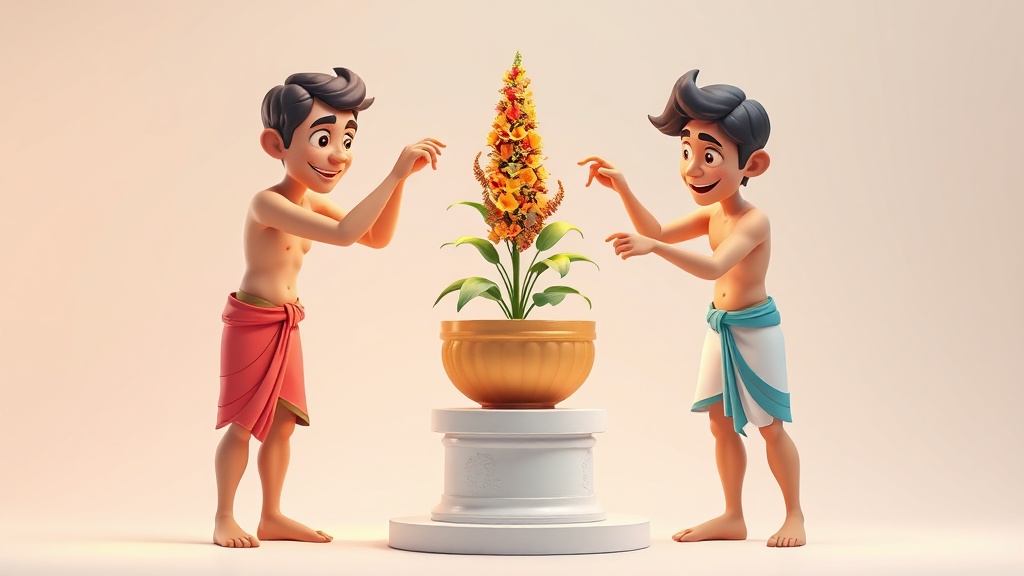Home / Lifestyle / Goa Celebrates Tulsi Vivah: Centuries-Old Hindu Festival Marks Goddess Tulsi's Marriage
Goa Celebrates Tulsi Vivah: Centuries-Old Hindu Festival Marks Goddess Tulsi's Marriage
1 Nov
Summary
- Tulsi Vivah marks the symbolic marriage of Goddess Tulsi and Lord Vishnu
- Festival celebrated 11 days after Diwali, signifying the end of Chaturmas
- Rituals include decorating Tulsi plant and Dino (Lea indica) stick as bride and groom

On November 1, 2025, the vibrant Hindu festival of Tulsi Vivah is being celebrated in the Indian state of Goa. This sacred event marks the symbolic marriage of Goddess Tulsi with Lord Vishnu, represented by his Shaligram form.
The Tulsi Vivah festival begins on Ekadashi and lasts until the full moon or Pournima of Kartik. The 'Tulsi' plant is revered as one of the holiest household plants in Hindu homes and is worshipped as a goddess. The festival signifies the end of Chaturmas, a period when Lord Vishnu is believed to go into a long sleep, and his awakening on Prabodhani Ekadashi.
In many parts of Goa, the festival is celebrated by decorating a carved stick of Lea indica, locally known as the Dino or Jino, to represent Lord Vishnu as the groom. The Tulsi Vrindavan is adorned like a bride with vibrant marigold flowers. All traditional marriage rituals, including the chanting of the mangalashtaka, are performed during the ceremony. While some families still use the sacred Shaligram stone, others have adapted the tradition to use a Krishna statue along with the Tulsi plant.




